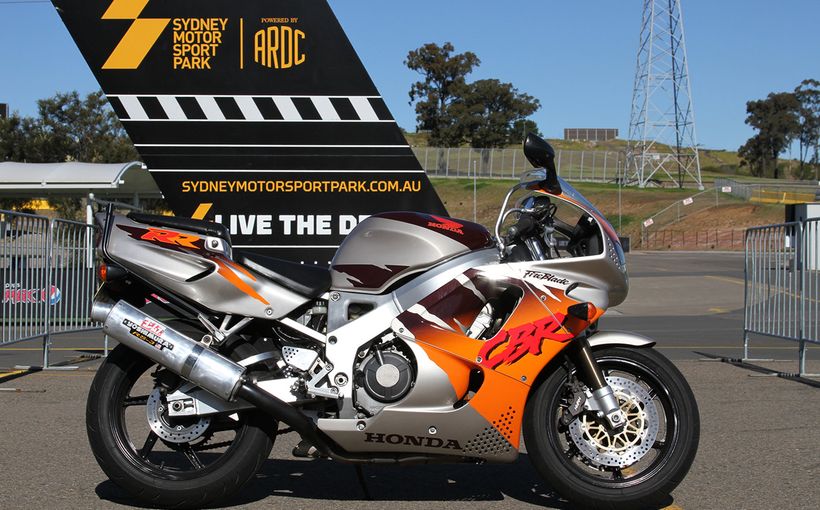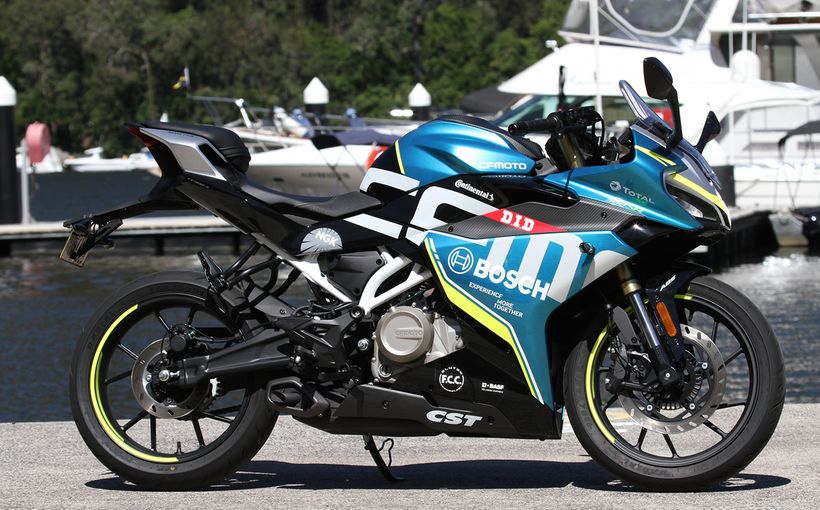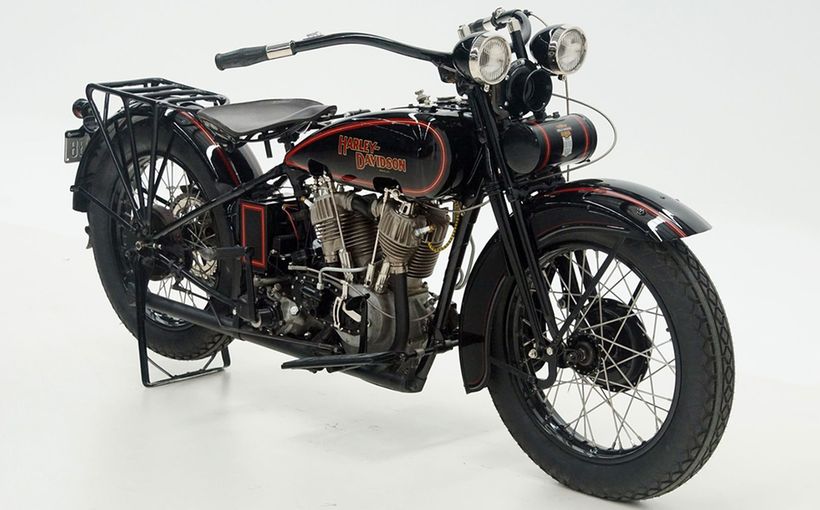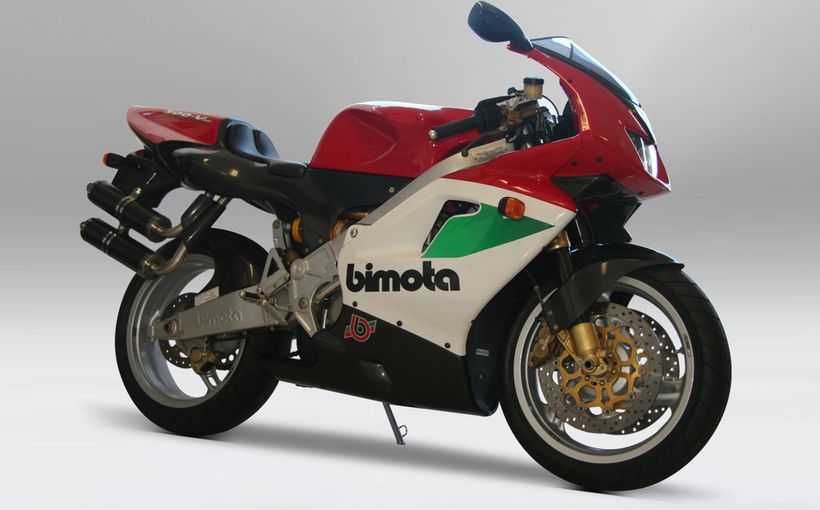
Riding in a group of motorcycles brings enjoyment and a sense of camaraderie all of its own, but riding in this environment should bring with its own set of precautionary measures too. There's nothing quite like the thrill of riding in a large pack of bikes, but riding in a group often means you'll be closer to others on the road than you would be if you were riding by yourself. Smaller distances between you and those around you mean you've got less time to react to situations as they unfold, but there are a few simple steps you can take to ensure your pleasant weekend ride doesn't turn into an expensive game of dominoes.
Even if it's a small group of mates, it always pays dividends to have a quick, informal pre-ride briefing. This is simply an opportunity to let everyone know where you're heading, where any stops are likely to occur (eg for a coffee, fuel or lunch) and what sort of roads and conditions you're likely to encounter. At this stage a ride leader should be appointed, who knows exactly which way the ride is going to go, along with an initial tail end Charlie – when no one overtakes the former or falls behind the latter, the group has a much better chance of enjoying a smooth, hassle-free ride. It's also not a bad time at this point to make sure you've got a couple of the other riders' mobile phone numbers, just in case you do get split up from the group or get stuck by the side of the road.
As most group rides will begin in a city or town of some sort, the first obstacles to group harmony will usually be traffic and traffic lights. It's incredibly easy for a group to get strung out over several blocks in instances like these, but follow these basic common sense rules and it needn't become an issue.
Firstly, the ride leader will need to keep an eye on what's going on behind, and ride in a manner that's suitable for the rider with the lowest skill level in the group. If the ride leader hasn't seen the tail end Charlie for more than a couple of minutes, then it's time to find a safe place to pull over, with room to fit all the bikes in the group, and wait.
Secondly, a rider should position themselves safely and conspicuously on each corner the group needs to take, to alert those behind. This is best achieved with a rotation system, eg: the ride leader makes a left hand turn onto another road and continues on, and the second rider then pulls up and safely positions himself on that corner until everyone else and finally the tail end Charlie comes past, that rider then giving the thumbs up signaling that everyone is through. The rider who pulled up now becomes the tail end Charlie.
At the next turn, the new person in second spot pulls up and follows suit, and so everyone shuffles through a spot in the order of riders, apart from the leader. It's a little bit regimented, but when carried out properly means you should never have a group ride split up accidentally – or lose someone – ever again.
When you're out on the road it's best to assume a staggered file formation, where the bikes behind you and in front of you are offset to the right or left so that your vision ahead and behind is maximized. This also gives you a lot more space to work with if something goes drastically wrong, and you need an escape route in a hurry.
Finally, let common sense rule your spacing and your group riding in general. The faster you go, the more space you should allow between you and the bike in front, and when you're riding with strangers, allow a bit of extra spacing until you get a feel for the general level of riding skill of those around you.
Protect your Bike. Call Shannons Insurance on 13 46 46 to get a quote today.









